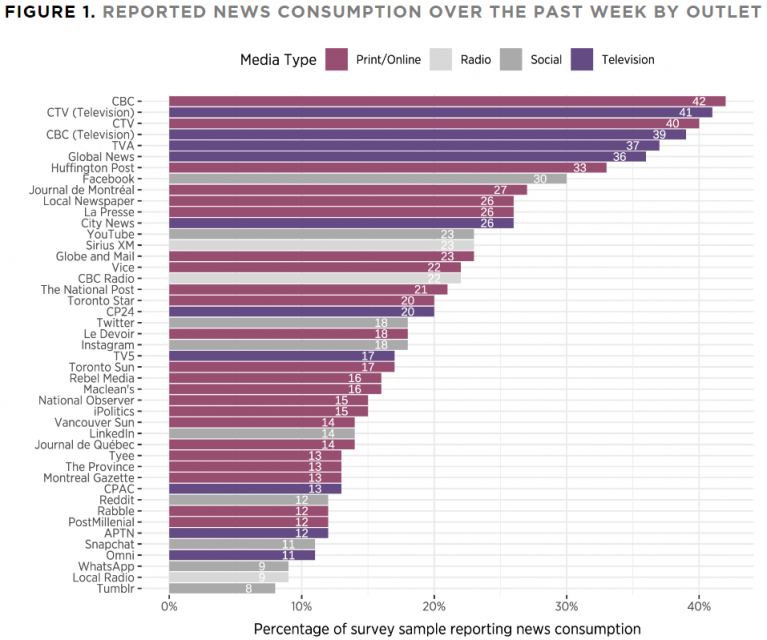Extra Credits
Published on 10 Aug 2019Download the World of Tanks game for free https://tanks.ly/2yj0usN and use the invite code
EXTRATANKS1to claim your $15 starter pack.In 1494, among the colonization forces from Spain, eight pigs arrived in Cuba. With multiple uses in culinary and craft trades, as well as their general top-tier hardiness, pigs would naturally propagate themselves throughout the Caribbean, and then to Central, South, and North America — but they were also incredibly destructive.
Visit TierZoo to learn about how OP pigs are: https://www.youtube.com/watch?v=6xbQ2…
Join us on Patreon! http://bit.ly/EHPatreon
August 12, 2019
Hogs in History – Creator and Destroyer – Extra History
The Battle For Hungary: October – December 1944
Historigraph
Published on 10 Aug 2019Join me in War Thunder! Use my link for a FREE premium aircraft, tank or ship and a three day account boost as a BONUS: https://gjn.link/Historigraph/190810 Also available for free on PlayStation®4 and Xbox One.
If you enjoyed this video and want to see more made, consider supporting my efforts on Patreon: https://www.patreon.com/historigraph
To chat history, join my discord: https://discord.gg/vAFTK2D
I’m indebted to some viewers for helping me out with pronounciation of Hungarian words:
https://www.youtube.com/watch?v=FApWW…
https://www.youtube.com/watch?v=nCG_w…If you are Hungarian, please be charitable as I will still not have the word sounds 100% correct, as I am not a native speaker. I’m not about to put on a bad hungarian accent!
#WarThunder #BattleForHungary #HistorigraphSources:
The Siege of Budapest and the battles that led to it have had precious little written about them (in English!), so the bulk of this video (and the next) comes from one book:
Krisztián Ungváry, Battle for Budapest: 100 Days in World War 2
This is by far the most detailed account of the battle that I could find.
Australia’s government broadband fiasco might be a useful lesson for Senator Warren
In the race for the Democratic party’s presidential nomination, Senator Elizabeth Warren recently proposed a government-provided broadband rollout across the United States to compete with or supplant the existing private ISPs. Arthur Chrenkoff suggests that looking at Australia’s experience with a very similar plan might encourage her to abandon her proposal after a brief airing on the campaign trail:

Senator Elizabeth Warren speaking at the Iowa Democrats Hall of Fame Celebration in Cedar Rapids, Iowa, on 9 June, 2019.
Photo by Lorie Shaull via Wikimedia Commons.
Maybe Senator Warren should have a pow-wow first with IT experts from Australia, who could enlighten her about our country’s 12-years-and-counting saga of the National Broadband Network, a Labor government initiative that the -then leader of the opposition, Tony Abbott, described as “a white elephant on a massive scale” but later adopted and continued while in government.
It started in 2007 as a policy for a government-rolled out broadband network, in most areas duplicating internet services already provided by private sector providers (mainly through the existing copper wire telephony network), which would be available as an option to all Australian households. In most cases it would be achieved through wired technology (fibre to the premises, later downgraded to a cheaper fibre to the node) with a satellite connection available to the most remote areas where cabling was impractical.
I remember thinking then that the project was an absurd waste of taxpayers’ money for a service of the type that telecommunication companies would be able and willing to provide in any case. At most, there was an argument that the government could step in and provide the infrastructure in some country areas where there was no commercial case for the private providers to proceed. Call me a clairvoyant but it was pretty clear to me that “broadband for all” would take a lot longer to roll out that planned, would cost significantly more than initially budgeted, and would very likely be technologically obsolete by the time it was finished.
At the Range with the Iconic MP5A3
Forgotten Weapons
Published on 15 Jun 2019http://www.patreon.com/ForgottenWeapons
Cool Forgotten Weapons merch! http://shop.bbtv.com/collections/forg…
The MP5 is widely considered the best submachine gun ever made, for its reliability, its handling, and its closed-bolt delayed-blowback action. It is so widely praised, in fact, that H&K’s efforts to replace it with less expensive polymer submachine guns have largely failed, as their customers simply insist on the MP5.
I have had only a brief bit of experience actually using the MP5 myself, and I wanted to take this opportunity while visiting H&K to fix that. So, does it live up to its reputation?
In a word, yes.
Many thanks to H&K USA for providing me access to this MP5A3, and to Trijicon for graciously providing use of their range!
Contact:
Forgotten Weapons
PO Box 87647
Tucson, AZ 85754
QotD: The “lost technological developments” of the Great Library
… the largely unempirical and abstract nature of Greek natural philosophy and the fact that it was generally socially divorced from the practical arts of engineering and architecture meant that most Greek and Roman scientists did little to advance technology, and the idea that the Great Library would have been filled with men excitedly sketching flying machines or submarines is, once again, a fantasy. When all this is pointed out some New Atheists try to invoke counter-evidence. They often claim, for example, that Hero of Alexandria worked at the Great Library and that he invented the steam engine. Even a scientist who has not studied history past high school (i.e. most of them) will have dim memories of the history of the Industrial Revolution and would therefore know it had something to do with the invention of steam engines, so surely Hero brought the ancient world to the brink of industrial transformation. Well, actually, no.
Hero does seem to have been another exception to the rule when it comes to philosophers tinkering with gadgets and it’s possible (though far from certain) that he worked in the Mouseion. But the practical applications of his study of pneumatics and dynamics were more toys and curiosities than any great leaps forward in technology. He famously made an aeolipile, though he didn’t actually invent it, given that it had already been described by the Roman engineer and architect Vitruvius, but this can only be called a “steam engine” in the loosest sense of the term. Hero’s little device was not capable of doing anything more than spinning in place and Roman technology lacked the high tensile metallurgy, the mathematics or the precision tooling that would be required to make a true steam engine. The other technological wonder that is often invoked here is the Antikythera mechanism. Exactly how this intricate mechanical orrery based on a geocentric model is supposed to indicate some nascent Industrial or Scientific Revolution is never made clear, but not only did it have no connection to the Great Library, it was a kind of instrument known since the third century BC. If it is evidence that the Greco-Roman world was on the brink of a technological revolution and was only stymied by the rise of Christianity, one has to wonder what kept them from achieving this wondrous thing for the 600 years between its invention and the conversion of Constantine.
The New Atheist mythic conception of the “Great Library of Alexandria” bears very little resemblance to any historical actuality. It was a shrine with scholars attached to it, not a secular university. Its scholars were far more concerned with poetry, textual analysis, grammar, lexicography and rhetoric than anything we would see as “science”. The proto-science they did do was mainly of a highly abstract and often metaphysical nature rather than anything like modern science. And it was also generally divorced from technical innovation and what little practical application it was given did not much at all to advance technology. The idea that if the Great Library had not been burned down by wicked Christians we’d all be living in gleaming space cities on Europa or Callisto is, therefore, a silly fantasy. And not least because the Great Library … wasn’t burned down by wicked Christians.
Tim O’Neill, “The Great Myths 5: The Destruction Of The Great Library Of Alexandria”, History for Atheists, 2017-07-02.







